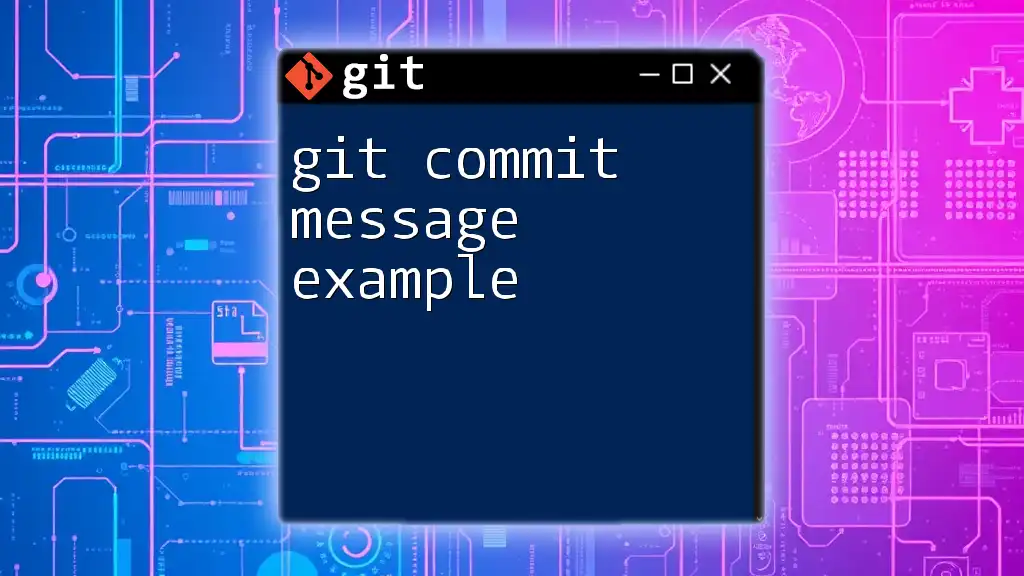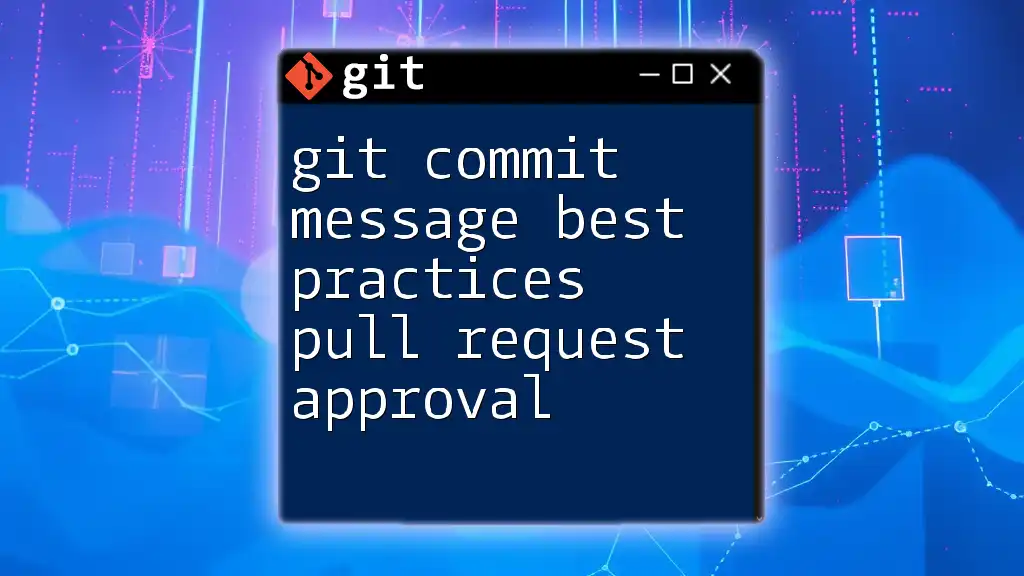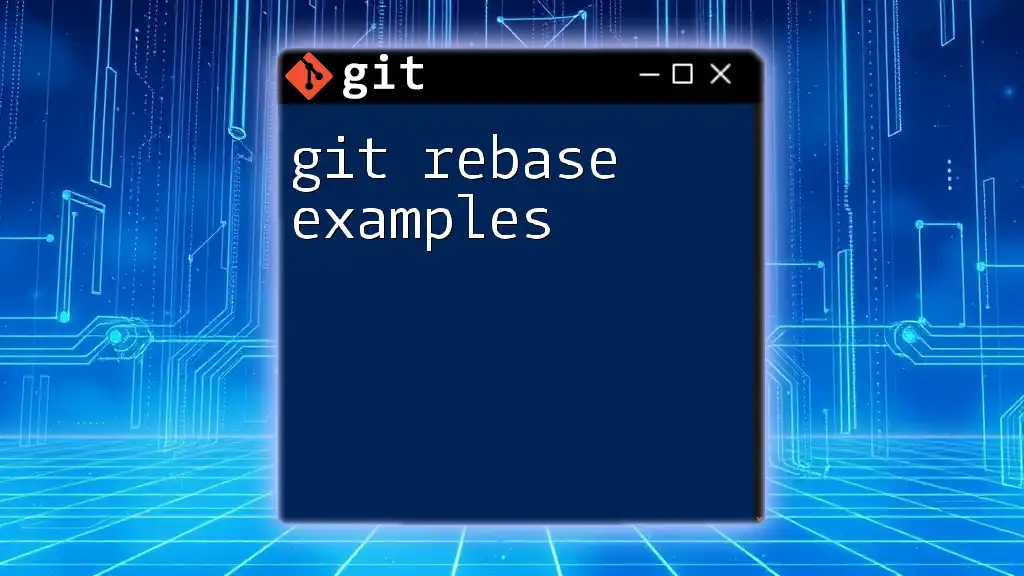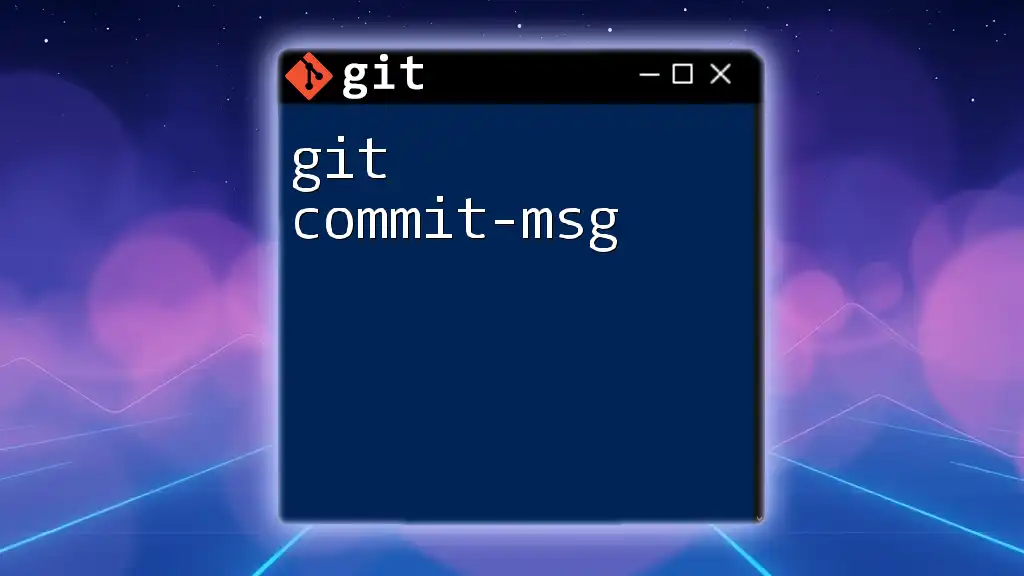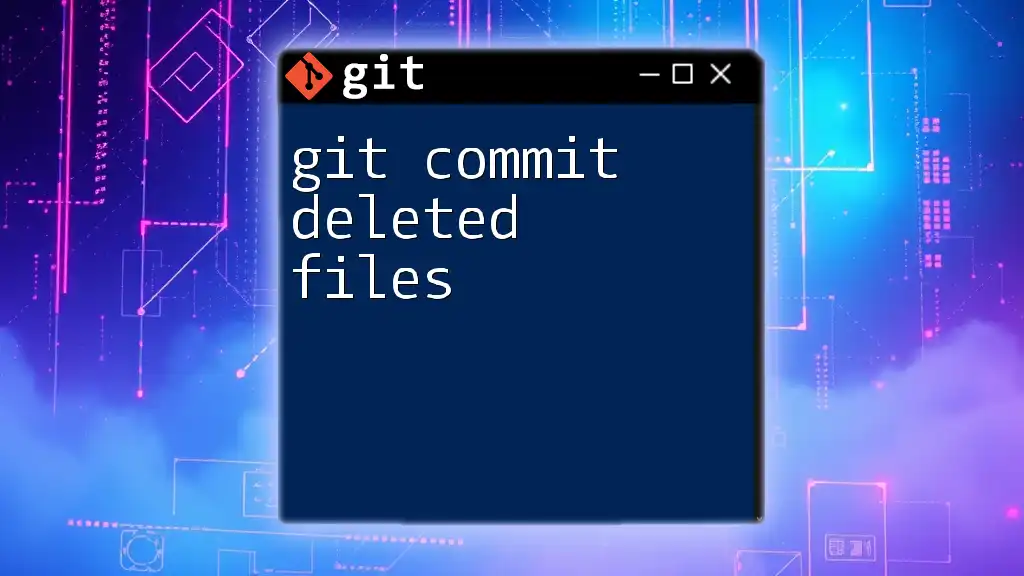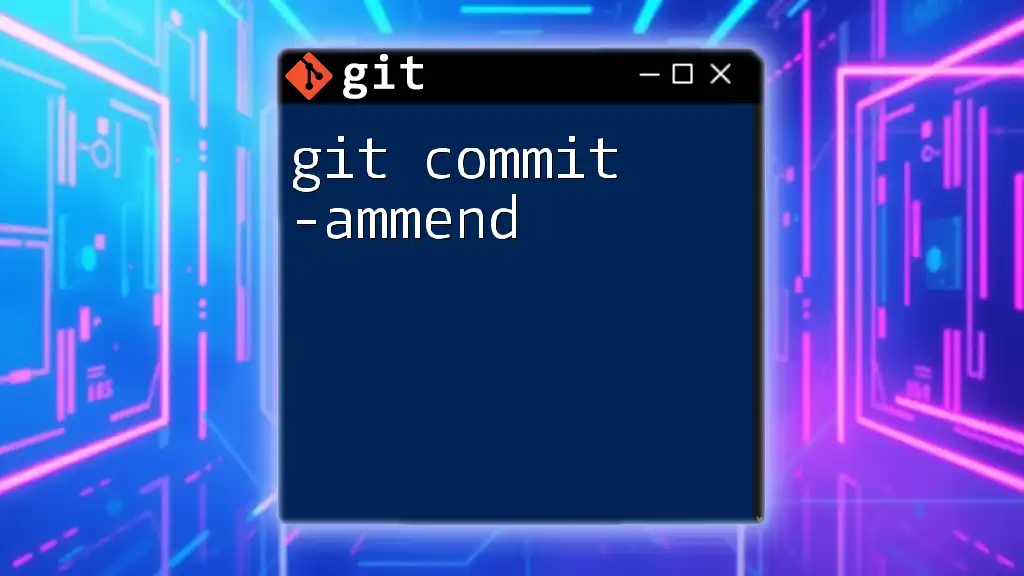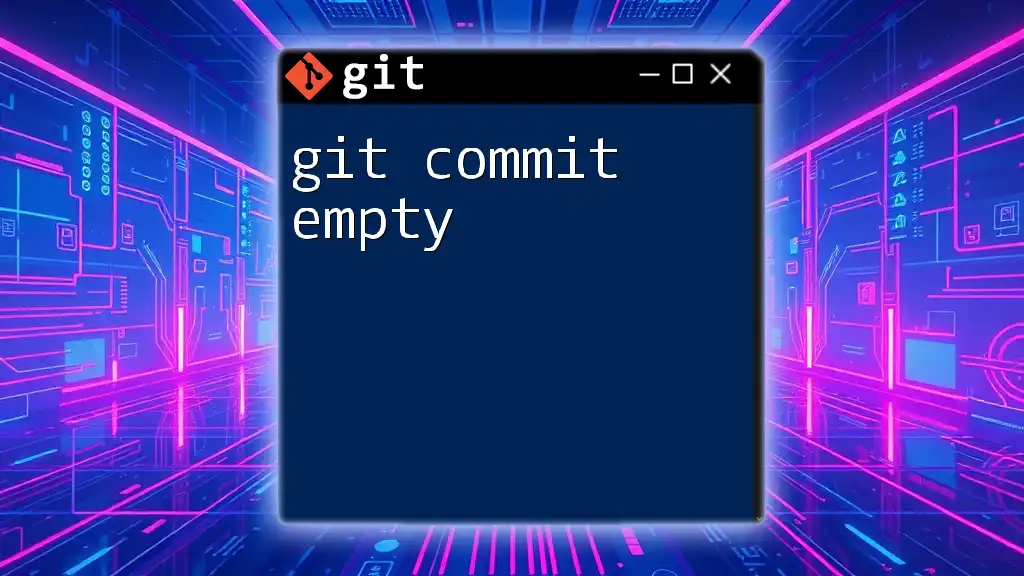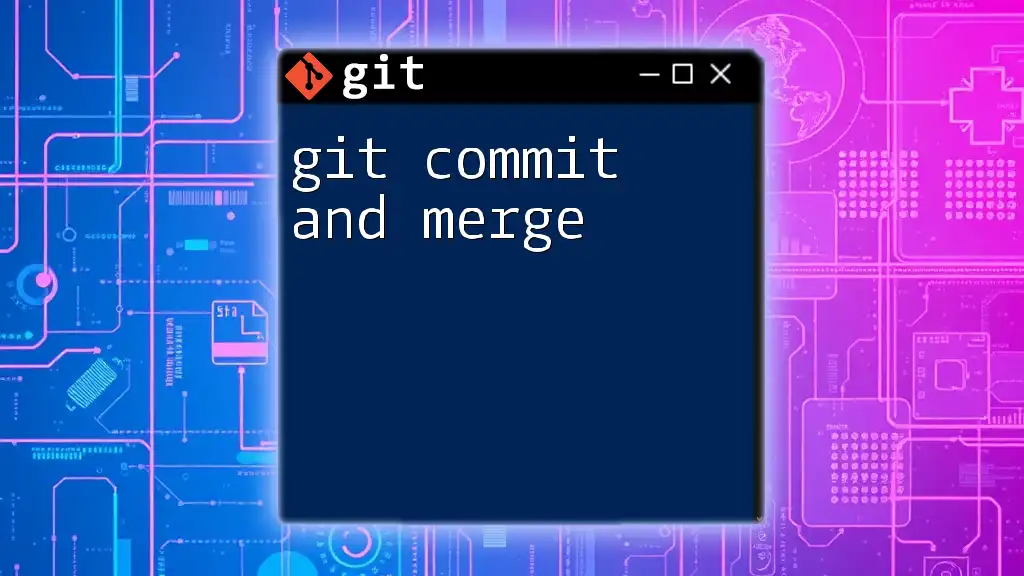A git commit message is a brief description of the changes made in a commit, which helps in understanding the project's history.
Here’s an example of a git command for committing changes with a concise message:
git commit -m "Fix typo in documentation"
Understanding the Basics of Commit Messages
What is a Commit Message?
A commit message is a brief description that accompanies each change made to a code repository using Git. It serves as a historical record, allowing developers to understand the context and purpose of changes over time. Each commit holds a snapshot of the project's files at a specific point, and the message attached to that snapshot is invaluable in both collaborative environments and for individual projects.
Structure of a Commit Message
An effective commit message is composed of several key components:
- Subject Line: This is a brief summary of the changes made—ideally under 50 characters. It captures the essence of what was done.
- Body: Although optional, the body provides additional context, details, or rationale behind the changes. It is recommended to wrap lines at 72 characters for better readability.
- Footer: This section can include references to issue trackers or any relevant notes that follow the main explanation, helping to link the commit to specific tasks or discussions.
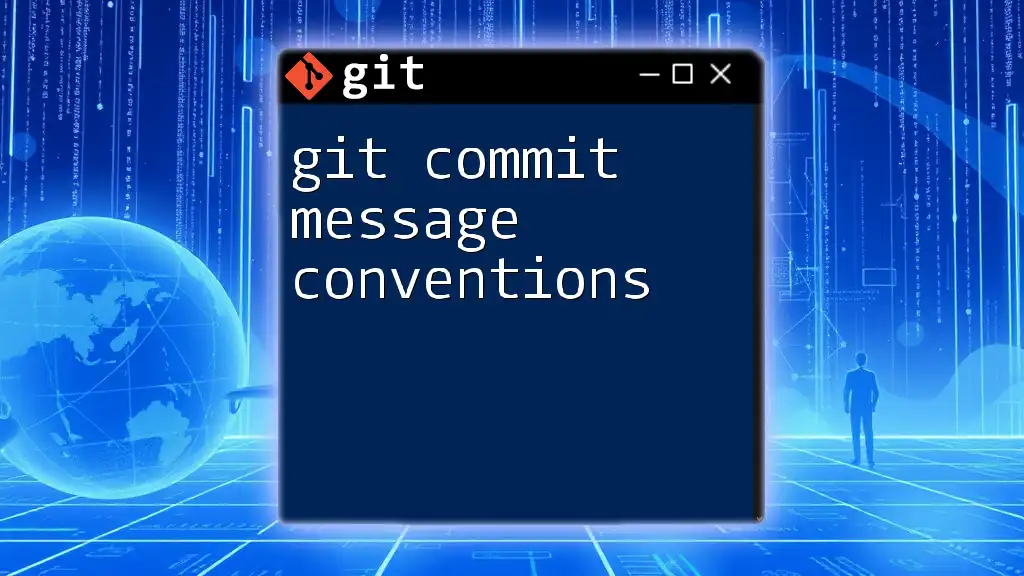
Best Practices for Writing Commit Messages
Keep It Short and Descriptive
The subject line is the first impression a person will have of your commit, so it’s crucial to keep it concise yet descriptive.
Here are some guidelines:
- Length: Aim for under 50 characters.
- Imperative Mood: Use commands to describe the action in the subject line. This style creates a clear sense of the task completed. For example, write “Fix bug in the login function” instead of "Fixed a bug."
Use the Body of the Commit Message Wisely
Include a body when the commit involves complex changes that require explanation. This can clarify the rationale behind the changes or outline any potential side effects.
Good Body Example:
Fix user login issue
The login functionality was broken due to an undefined
variable. This commit fixes that by initializing
the variable properly on the login form.
In this example, the body elaborates on the changes made, enabling future developers to grasp the reason and context behind the fix.
Reference Issues and Pull Requests
When making changes related to specific issues or pull requests, referencing them in your commit messages is a best practice. This enhances tracking and accountability in team environments.
- Format: When referring to issues, use phrases like "Fixes #123" to indicate a specific issue number or "Related to #456" to denote relevance without closure.

Examples of Effective Commit Messages
Refactoring a Function
An effective commit message for refactoring might read:
Refactor user authentication logic
This statement succinctly captures the nature of the changes without unnecessary detail.
Fixing Bugs
When addressing a bug, clarity is vital. For instance:
Fix navbar responsiveness issue
This concise message clearly communicates what was tackled, making it easy for team members to comprehend the exact change.
Adding Features
New features necessitate clear communication. A suitable message could be:
Add user profile page with editable fields
This informs the team not just of the addition but also specifies the capabilities introduced.
Documenting Changes
Clear documentation is often overlooked. A commit message like:
Update README with installation instructions
helps maintain comprehensive project documentation, ensuring all team members are aligned on the latest guidelines.
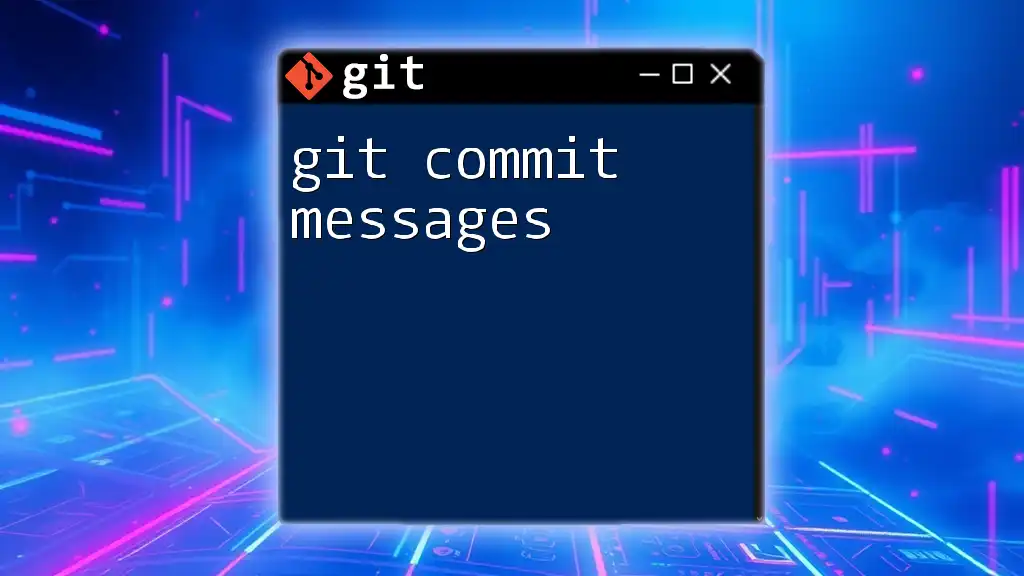
Common Mistakes to Avoid
Overly Vague Messages
Vagueness leads to confusion. Commit messages like "Updates made." or "Fixes." provide no context about the changes. Such messages can hinder understanding and collaboration.
Too Much Detail in the Subject Line
While brevity is key, it’s also essential not to overload the subject line with excessive detail. For instance:
Remove unnecessary console logs and fix various typos in multiple files
Instead, break it down into separate commits to maintain clarity. A better approach might be:
Remove unnecessary console logs
Fix typos in user module
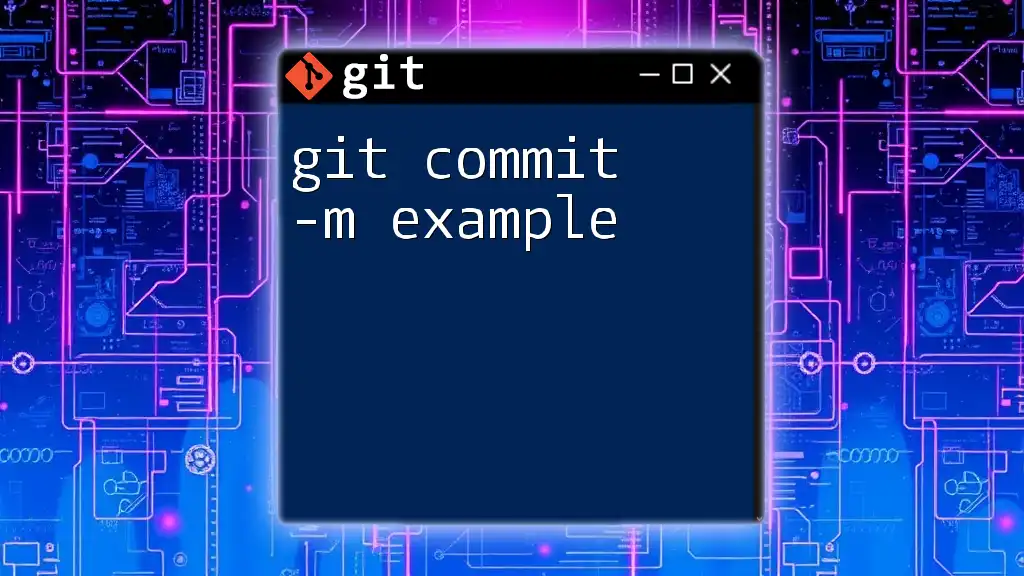
The Role of Commit Message Conventions
Conventional Commits
Adopting a standardized commit message convention can streamline collaboration within teams. The Conventional Commits specification prescribes a format like:
feat: add user authentication
This structure allows everyone to quickly recognize the nature of changes, enhancing clarity and organization across the project.
Commitizen and Tools
Tools like Commitizen can assist in enforcing consistent and meaningful commit messages. These tools guide developers through the process and help maintain a standard that benefits the entire team.
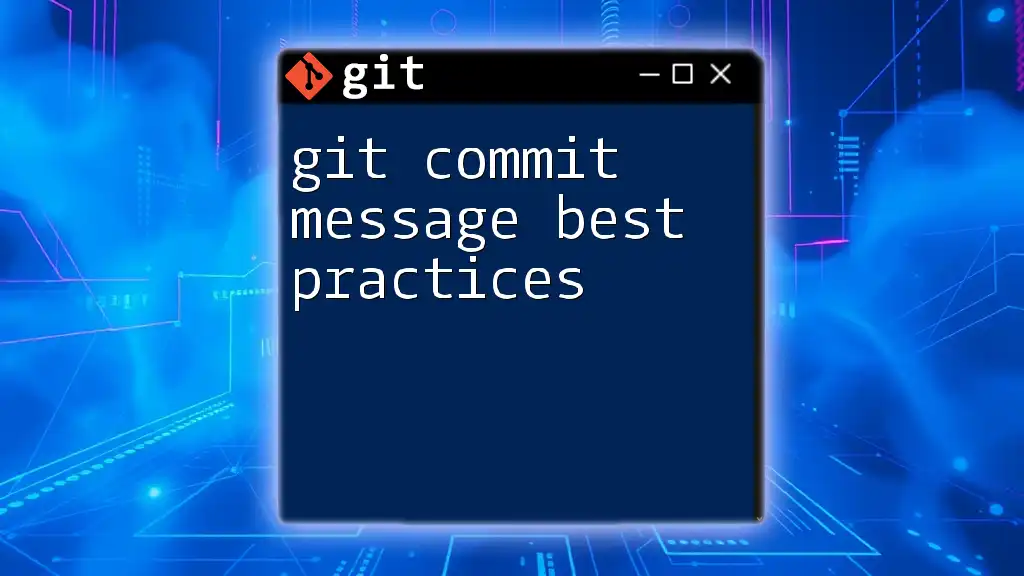
Conclusion
Writing effective commit messages is not just a formality; it is an essential skill for maintaining clarity and fostering teamwork in software development. By following the best practices outlined in this article, developers can significantly enhance their commit messages, transforming them into a valuable resource for both current and future project contributors. Regular practice will not only elevate individual coding contributions but also facilitate smoother collaboration within teams. Join our course today to master Git and learn more tips and tricks that can take your development skills to the next level!

Additional Resources
For further learning, consider exploring:
- The official Git documentation.
- Books on effective version control practices.
- Online tools and resources that provide templates and examples for writing commit messages.

